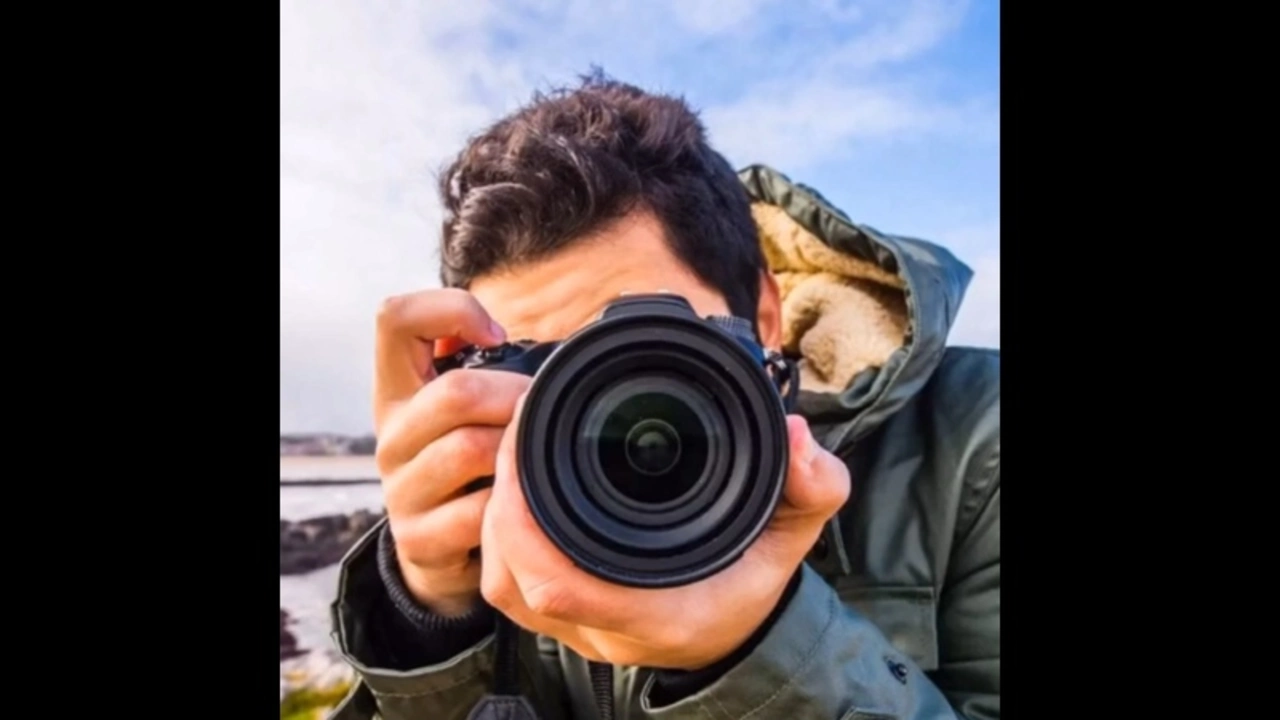Photography techniques that actually make your photos better
Want better photos without new gear? Small technique changes give the biggest jump. Focus on composition, light, and a few camera habits. Those three areas fix most problems quickly and make your shots look intentional.
Simple composition tricks you can use now
Start with the rule of thirds: place key elements off-center where the grid lines cross. It instantly makes images feel balanced. Use leading lines—roads, fences, shadows—to pull the viewer into the scene. Try framing: shoot through doorways, branches, or windows to add depth.
Change perspective. Instead of standing, kneel or climb higher. A low angle makes subjects feel larger and more dramatic; a high angle shrinks or simplifies a busy scene. When shooting portraits, move closer and fill the frame occasionally—less background noise, more emotion.
Keep backgrounds clean. A distracting background breaks a good composition. Shift your subject a few steps, open the aperture to blur the background, or move so a plain wall sits behind your subject. Small moves matter.
Camera settings and lighting basics that help every shot
Shooting RAW gives you more room to fix exposure and color later—use it if your camera supports it. For sharp photos, use the lowest ISO you can while keeping shutter speed fast enough to avoid blur. As a rule, use shutter speeds faster than 1/focal length (for example, 1/50s for a 50mm lens) if you’re handholding.
Control depth of field with aperture. Wide apertures (f/1.8–f/4) blur backgrounds for portraits; narrower apertures (f/8–f/16) keep landscapes sharp. For motion, slow the shutter to show blur or speed it up to freeze action. Test different settings to learn the visual effect.
Use light, not the camera, to make mood. Golden hour (shortly after sunrise or before sunset) gives warm, soft light. Backlighting can create rim light and separation—expose for the subject’s face or use fill light from a reflector or phone screen. In low light, stabilize the camera: use a tripod, lean on a wall, or brace your elbows.
Autofocus tips: pick a single focus point for portraits and place it over the eye. For moving subjects, switch to continuous AF and track with a steady pan. Consider back-button focus to separate focusing from the shutter—many pros prefer it.
Finally, keep practicing with short, focused challenges: shoot 50 portraits in one week, or spend an hour framing the same scene three ways. Review your shots, delete the weak ones, and note what worked. Improvements come fast when you practice with purpose.
Try these techniques on your next shoot. Small changes to how you see and how you use the camera yield noticeably better photos—fast.

